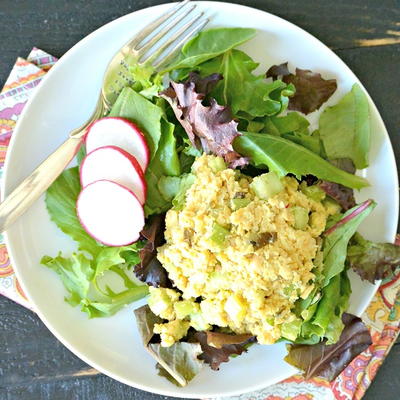100 Mile Diet
What it is: Unlike many diet programs, the 100 Mile Diet has an environmental basis and a unique investment in community. The diet, created by Alisa Smith and J.B. MacKinnon, is based on the idea of eating locally, within a 100 mile radius of your home.
How it works: Practitioners of this diet go straight to the farmers and food producers within a 100-mile radius for 100% of their diet, such as wheat, fruit, milk etc. When possible, many also keep a vegetable patch to produce some of their own food in the most local way.
What you do: Aside from the area where the food is coming from, this diet has no other rules. You must simply eat within the radius. Many families, friends and communities band together to create meals cooked from ingredients found from the shortest distances.
Benefits: You are getting the freshest food, mostly organic, at seasonal best, meaning better taste. Eating locally reduces the number of “food miles,” the environmental impact of food transportation. By eating locally, you also support local farmers and strengthen the economy of your community.
The Downside: At first, the 100 Mile Diet can be difficult until you find more and more sources for local food. You might be eating the same meals over and over again at first, especially since you only eat within the season.
Read Next7 Day Meal Plan for a Low Fat Diet









